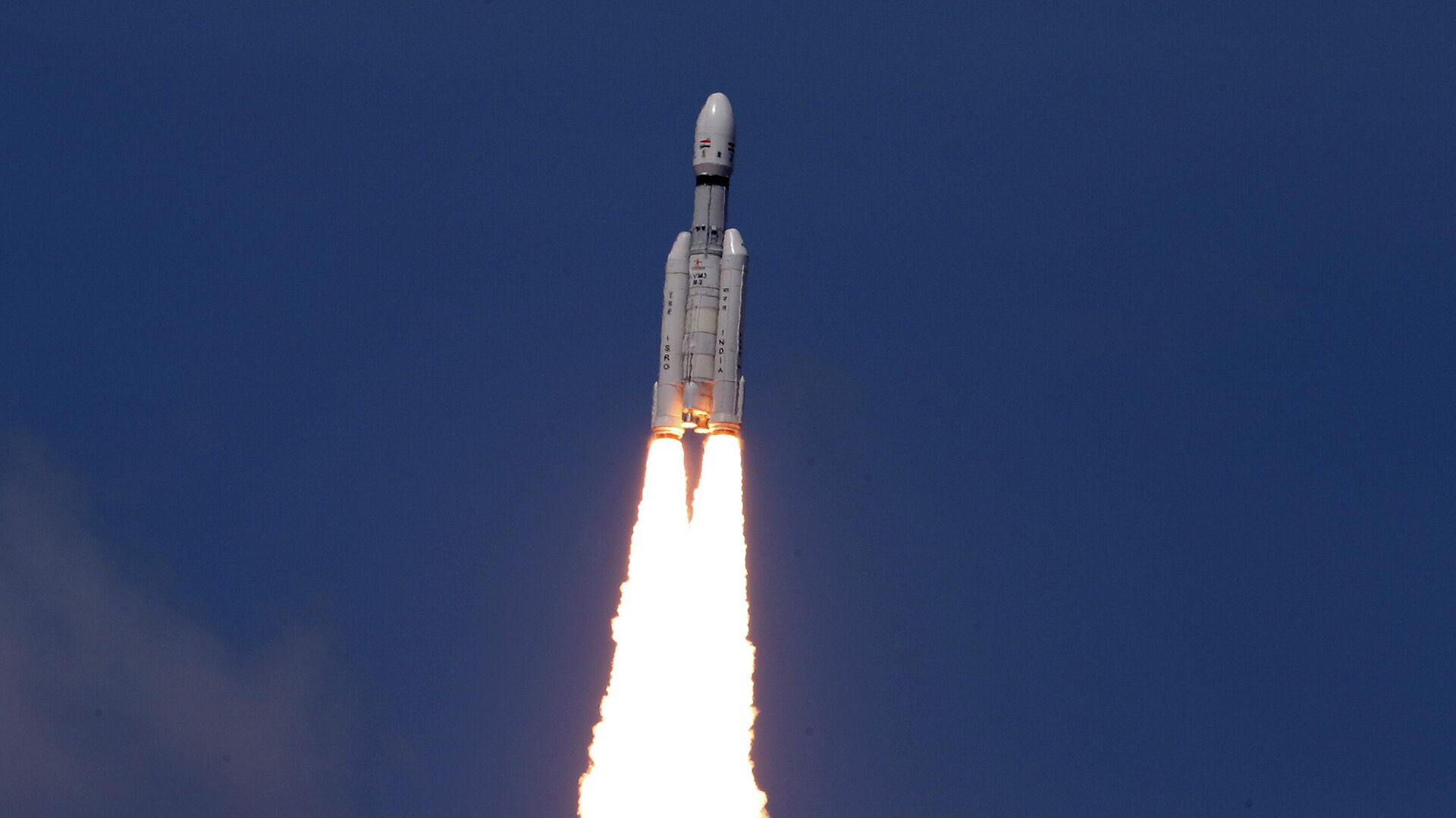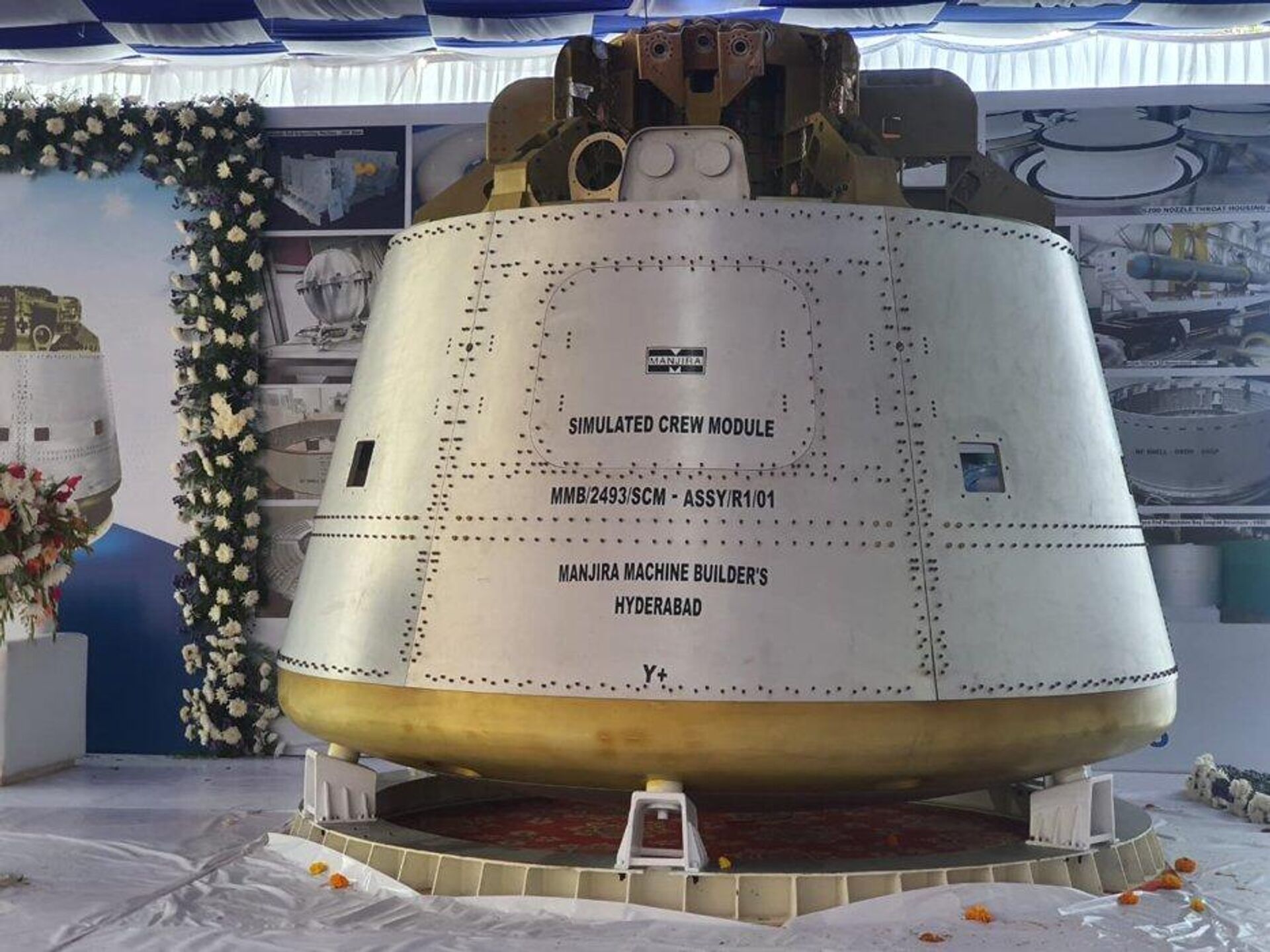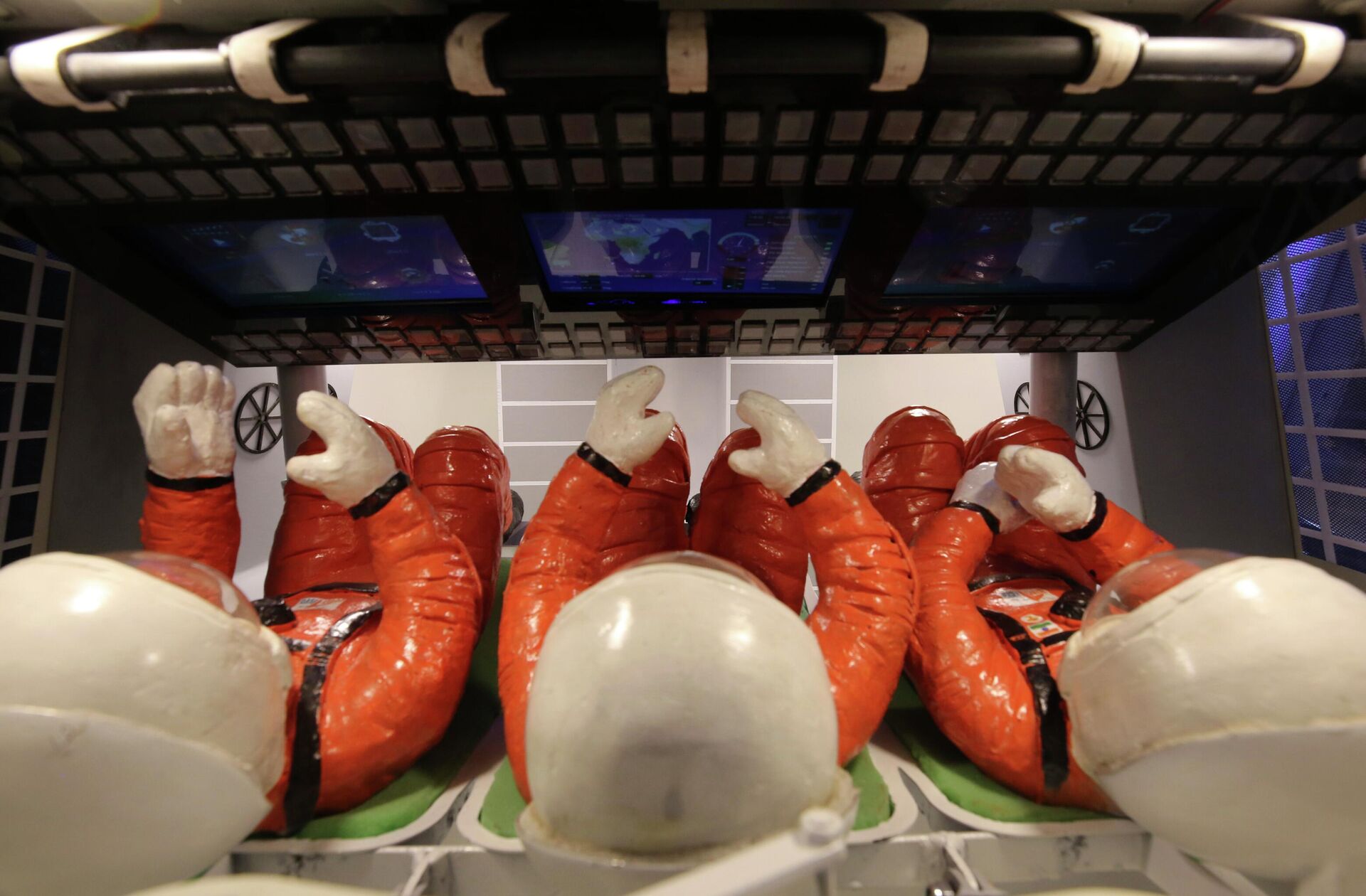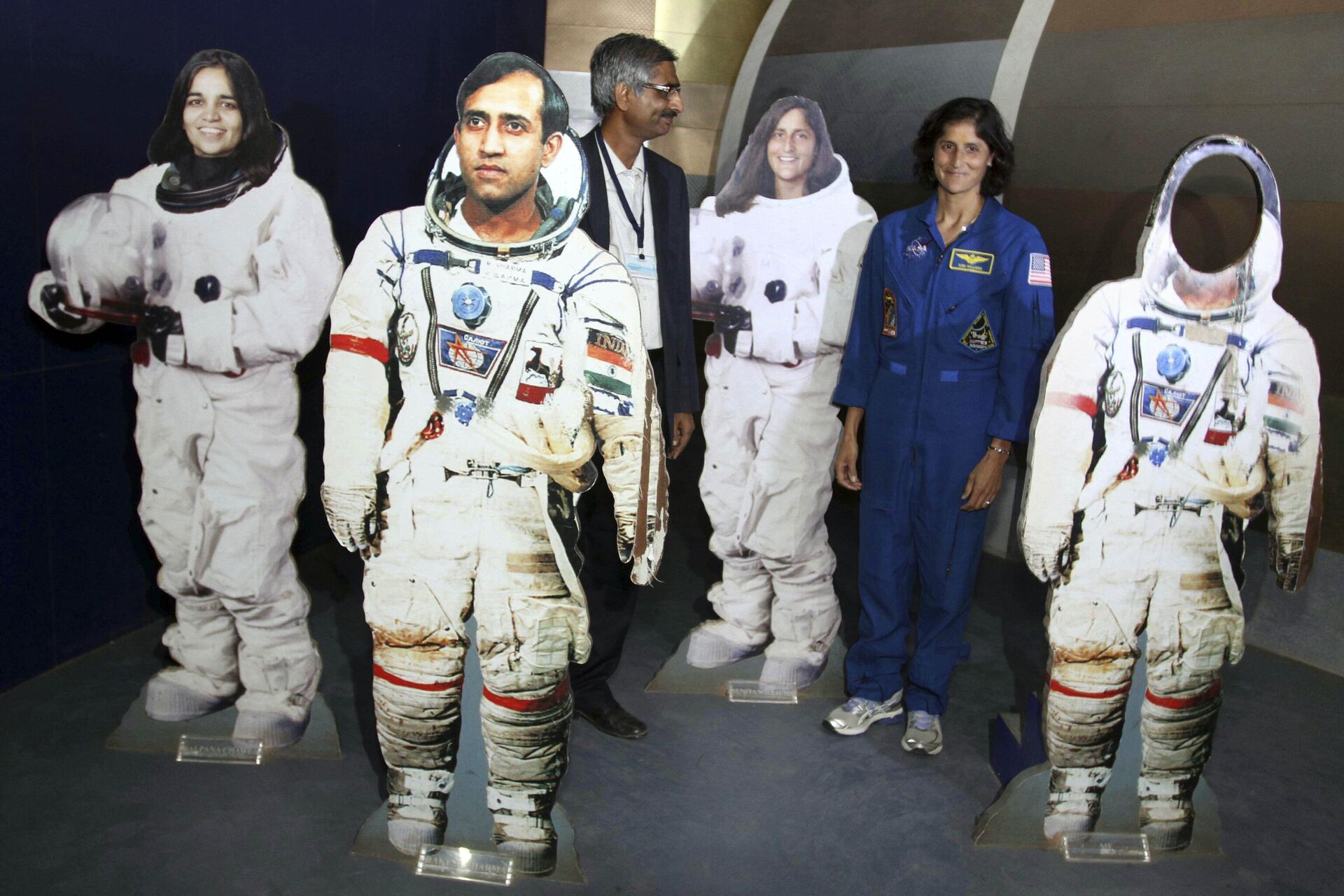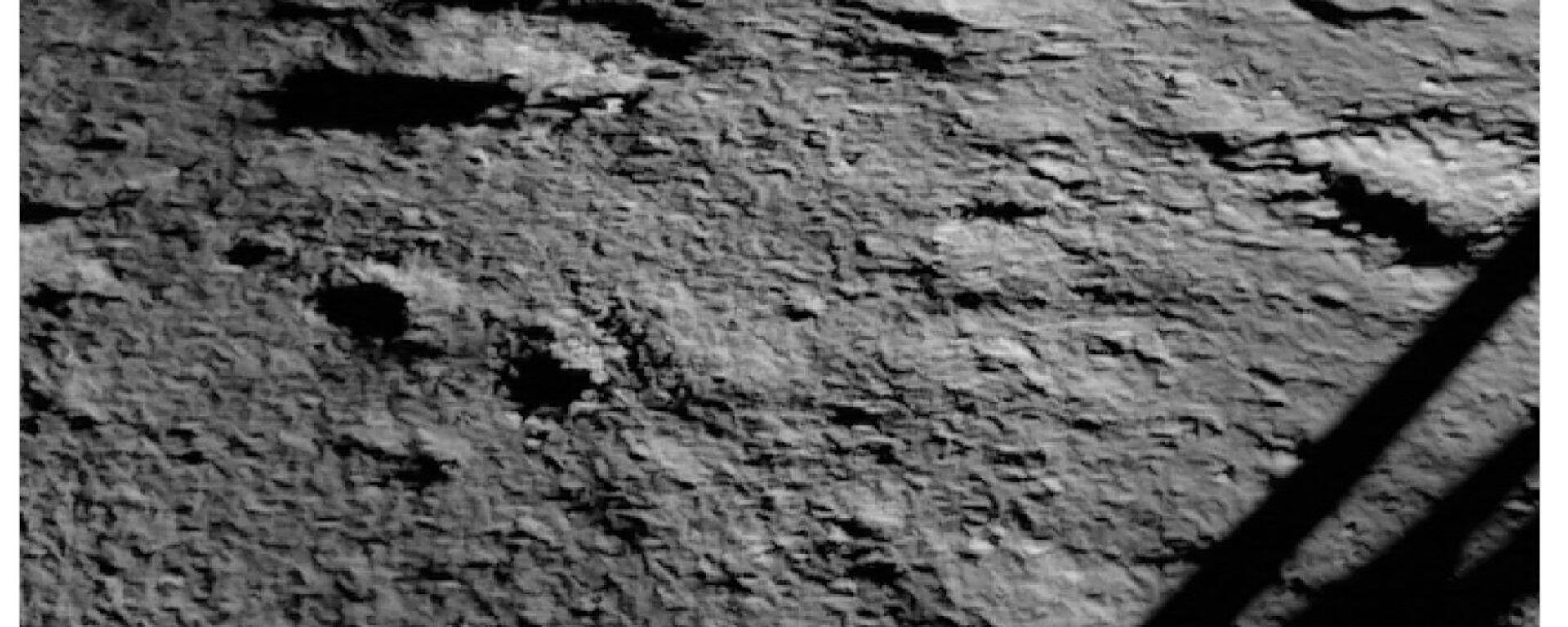https://sputniknews.in/20231001/space-cooperation-between-india-and-russia-4504446.html
Space Cooperation Between India and Russia
Space Cooperation Between India and Russia
Sputnik India
Joint work began in the 1960s, and in 1975, when India achieved its dream of sending a mission to space, Russia helped the South Asian nation launch its first satellite, Aryabhata, kickstarting the country’s satellite program.
2023-10-01T18:26+0530
2023-10-01T18:26+0530
2023-10-01T18:31+0530
science & tech
narendra modi
india
vladimir putin
vladivostok
russia
indian air force (iaf)
roscosmos
indian space research organisation (isro)
science & tech
https://cdn1.img.sputniknews.in/img/07e7/08/0b/3555381_0:0:3023:1700_1920x0_80_0_0_74042d8c93d6d74806d8539e31d5411d.jpg
Space cooperation has been a key pillar between India and Russia for decades. During the 1960s, Russia offered supercomputers to India, and later, in the 1990s, cryogenic rocket engine technology. Now, Russia has trained Indian cosmonauts for the country's first crewed space mission, Gaganyaan. How is Russia Helping India With Gaganyaan?India plans to launch its first human-crewed mission to space, Gaganyaan, by the end of 2024. Russia's ROSCOSMOS offered to train four Indian Air Force (IAF) pilots for the mission in 2018, and India heartfully accepted the proposal.Russian company Zvezda is also developing the astronauts' spacesuit for Gaganyaan.Space Cooperation Began in 1960s: Indian ScientistSputnik India spoke with Dr. T V Venkateswaran, a scientist at Vigyan Prasar Department of Science and Technology, to get an insight into India-Russia’s space cooperation.“Again in 1988, the Russian vehicle Vostok carried the first of the series of the indigenously-built remote sensing satellite, IRS-1A. And, then in 1995, IRS-1C was launched on December 1995, with a Russian launcher (Molniya-M, launch provider: TsSKB-Progress) from Baikonur, Kazakhstan,” Dr Venkateswaran shared.India’s First and Only Cosmonaut In 1984, Rakesh Sharma became the first Indian cosmonaut to go to space alongside Soviet cosmonauts Yuri Malyshev and Gennady Strekalov.The Soviet rocket Soyuz T-11 was launched on April 3, 1984, from Baikonur Cosmodrome in the Kazakh Soviet Socialist Republic.Sharma underwent rigorous training for two years at the Yuri Gagarin Cosmonaut Training Center at Star City on the outskirts of Moscow.How Russia Helped India Exchange Cryogenic EnginesIndia, in the 1980s, turned to Russia to study cryogenic technology at the time when the US imposed sanctions on India.In 1991, the Indian Space Research Organisation (ISRO) signed a $120 million contract with Glavkosmos for seven cryogenic rocket engines and also a complete transfer of technology.A cryogenic engine is used in space vehicles or as rocket engines and is known as a highly efficient liquid propellant engine.Dr. Venkateshwaran said that Russia helped India when western countries refused to share space technology with India and then helped India to establish its indigenous technologies.
https://sputniknews.in/20230925/scientists-explain-why-chandrayaan-3-left-no-imprint-on-moons-surface-4431970.html
india
vladivostok
russia
international space station (iss)
Sputnik India
feedback.hindi@sputniknews.com
+74956456601
MIA „Rossiya Segodnya“
2023
Deexa Khanduri
https://cdn1.img.sputniknews.in/img/07e6/0c/13/138923_52:0:533:481_100x100_80_0_0_cadf23d341691fc65ff2b22fd1afe584.jpg
Deexa Khanduri
https://cdn1.img.sputniknews.in/img/07e6/0c/13/138923_52:0:533:481_100x100_80_0_0_cadf23d341691fc65ff2b22fd1afe584.jpg
News
en_IN
Sputnik India
feedback.hindi@sputniknews.com
+74956456601
MIA „Rossiya Segodnya“
Sputnik India
feedback.hindi@sputniknews.com
+74956456601
MIA „Rossiya Segodnya“
Deexa Khanduri
https://cdn1.img.sputniknews.in/img/07e6/0c/13/138923_52:0:533:481_100x100_80_0_0_cadf23d341691fc65ff2b22fd1afe584.jpg
india russia space cooperation, russia india space cooperation, india-russia space cooperation upsc, india's space program, private space companies in india, india in space, india space station, space centres in india, india space mission, first person to go to space from india. what is the space cooperation between india and russia, why russia suddenly launched luna 25, is india a space superpower, what did russia say about chandrayaan-3, why russia suddenly launched luna 25, is india a space superpower, what did russia say about chandrayaan-3, why india relies on russiais india going to space, is india advanced in space technology, which country is the best friend of india, india and russia race for moon, india russia on the moon, india russia moon missions
india russia space cooperation, russia india space cooperation, india-russia space cooperation upsc, india's space program, private space companies in india, india in space, india space station, space centres in india, india space mission, first person to go to space from india. what is the space cooperation between india and russia, why russia suddenly launched luna 25, is india a space superpower, what did russia say about chandrayaan-3, why russia suddenly launched luna 25, is india a space superpower, what did russia say about chandrayaan-3, why india relies on russiais india going to space, is india advanced in space technology, which country is the best friend of india, india and russia race for moon, india russia on the moon, india russia moon missions
Space Cooperation Between India and Russia
18:26 01.10.2023 (Updated: 18:31 01.10.2023) Deexa Khanduri
Sputnik correspondent
Joint work began in the 1960s, and in 1975, when India achieved its dream of sending a mission to space, Russia helped the South Asian nation launch its first satellite, Aryabhata, kickstarting the country’s satellite program.
Space cooperation has been a key pillar between India and Russia for decades.
During the 1960s, Russia offered supercomputers to India, and later, in the 1990s, cryogenic rocket engine technology. Now, Russia has trained Indian cosmonauts for the country's first crewed space mission, Gaganyaan.
“Our (India and Russia) long association in space is touching new heights,” said Indian Prime Minister Narendra Modi in the presence of Russian President Vladimir Putin in Vladivostok in September 2019.
How is Russia Helping India With Gaganyaan?
India plans to launch its
first human-crewed mission to space, Gaganyaan, by the end of 2024. Russia's ROSCOSMOS offered to train four Indian Air Force (IAF) pilots for the mission in 2018, and
India heartfully accepted the proposal.
“Indian cosmonauts have completed training on crew actions in the event of an abnormal descent module landing: in wooded and marshy areas in winter (completed in February 2020), on the water surface (completed in June 2020), in the steppe in summer (completed in July 2020),” Roscosmos subsidiary Glavkosmos said in 2021.
Russian company Zvezda is also developing the astronauts' spacesuit for Gaganyaan.
As per media reports, Russia will not just train the astronauts, it will also build life support systems in the crew capsule and support India’s critical $1.4 billion maiden human space flight program in other areas as well.
Space Cooperation Began in 1960s: Indian Scientist
Sputnik India spoke with Dr. T V Venkateswaran, a scientist at Vigyan Prasar Department of Science and Technology, to get an insight into India-Russia’s space cooperation.
“Russia-India cooperation in space began in the early 1960s, since then the two countries have continued to work together in the space sector. With the help of the Soviet Union, India launched its first two satellites, Aryabhata (1975) by a Kosmos-3M rocket from Kapustin Yar. Subsequently, in June 1979, Russia also helped India by launching the country’s first experimental remote sensing satellite, Bhaskara-1, in their C1-Intercosmos vehicle from Volgograd launch station,” the scientist said.
“Again in 1988, the Russian vehicle Vostok carried the first of the series of the indigenously-built remote sensing satellite, IRS-1A. And, then in 1995, IRS-1C was launched on December 1995, with a Russian launcher (Molniya-M, launch provider: TsSKB-Progress) from Baikonur, Kazakhstan,” Dr Venkateswaran shared.
India and Russia have signed a string of agreements to strengthen their cooperation for the peaceful use of outer space. They are collaborating in satellite launches, a GLONASS navigation system, remote sensing, and other societal applications of outer space, so affirmed a brief on India-Russia relations on the Indian government foreign ministry website reads.
India’s First and Only Cosmonaut
In 1984, Rakesh Sharma became the first Indian cosmonaut to go to space alongside Soviet cosmonauts Yuri Malyshev and Gennady Strekalov.
The Soviet rocket Soyuz T-11 was launched on April 3, 1984, from Baikonur Cosmodrome in the Kazakh Soviet Socialist Republic.
Sharma underwent rigorous training for two years at the Yuri Gagarin Cosmonaut Training Center at Star City on the outskirts of Moscow.
How Russia Helped India Exchange Cryogenic Engines
India, in the 1980s, turned to Russia to study cryogenic technology at the time when the US imposed sanctions on India.
In 1991, the Indian Space Research Organisation (
ISRO) signed a
$120 million contract with Glavkosmos for seven cryogenic rocket engines and also a complete transfer of technology.
"The cryogenic engine is one of the important, advanced technologies used in the GSLV. The cryogenic engines were given by the Soviet Union or Russia. Indian scientists were able to develop modified cryogenic engines indigenously, which we are using today,” Dr. Venkateshwaran shared.
A cryogenic engine is used in space vehicles or as rocket engines and is known as a highly efficient liquid propellant engine.
Dr. Venkateshwaran said that
Russia helped India when western countries refused to share space technology with India and then helped India to establish its indigenous technologies.
